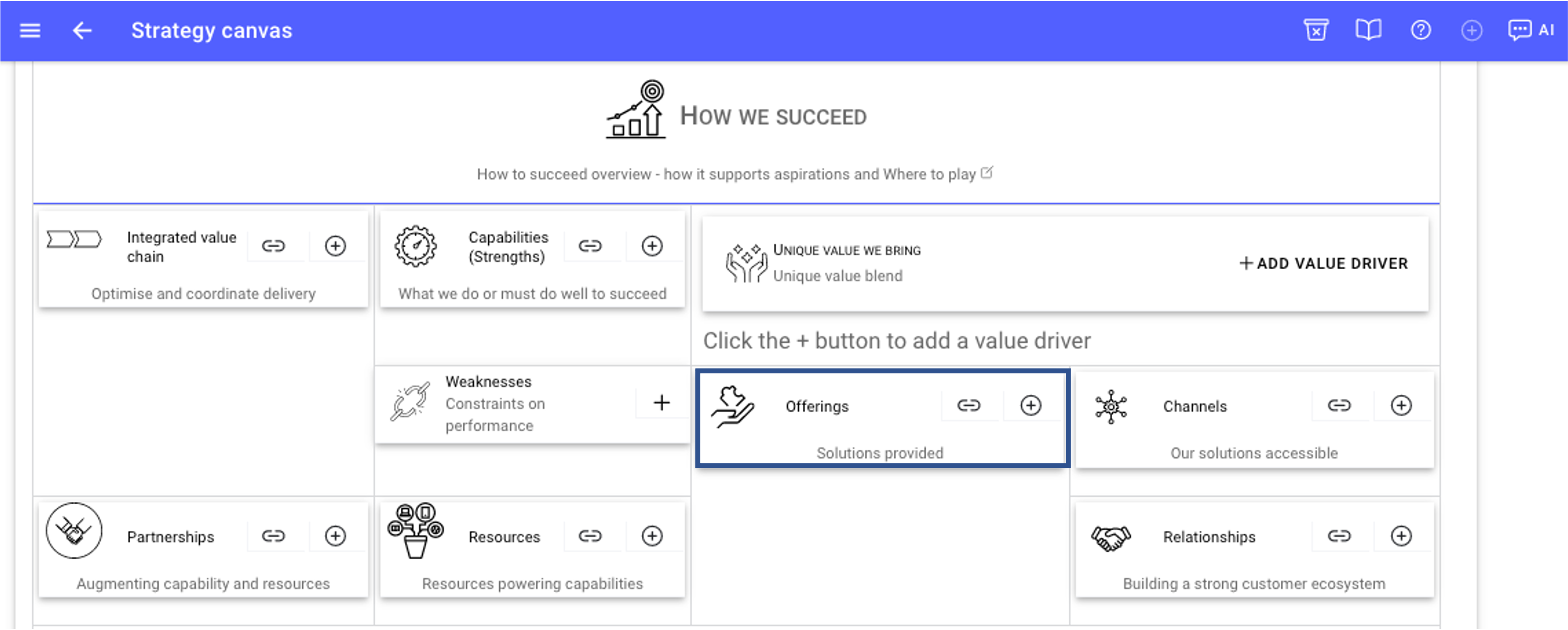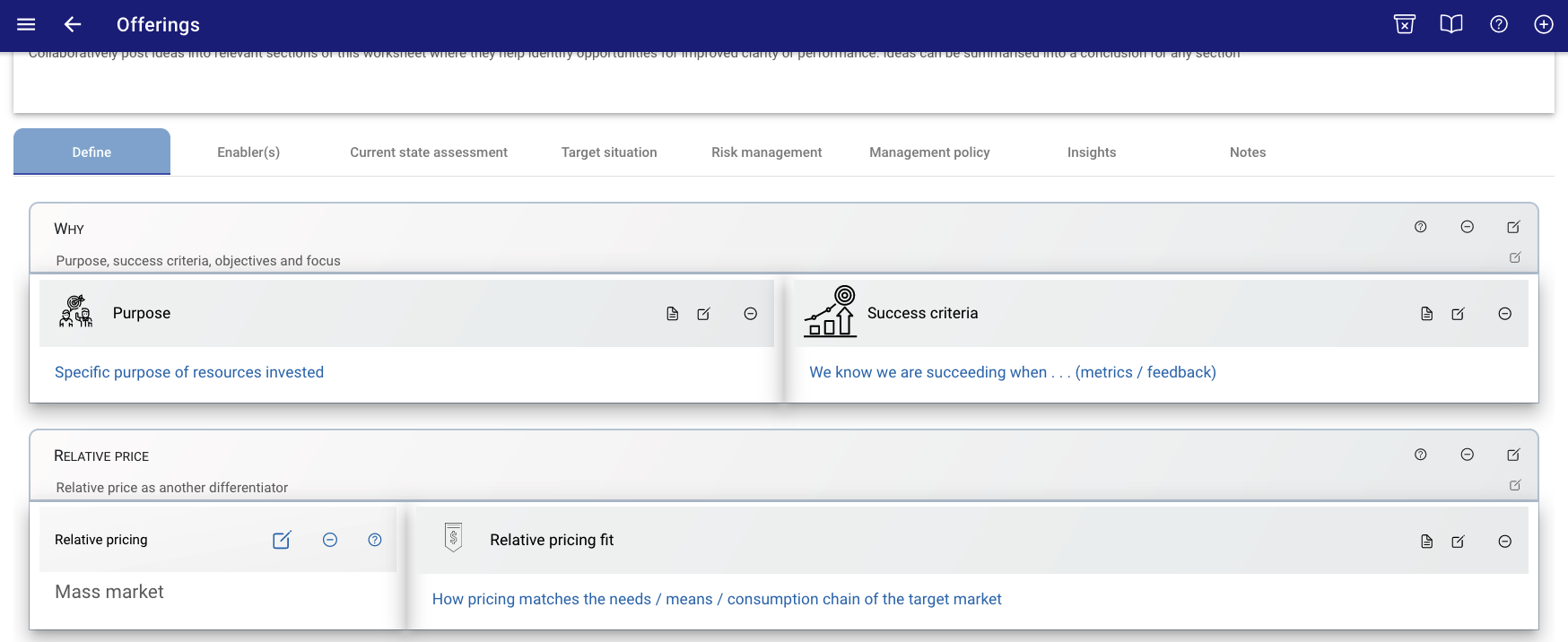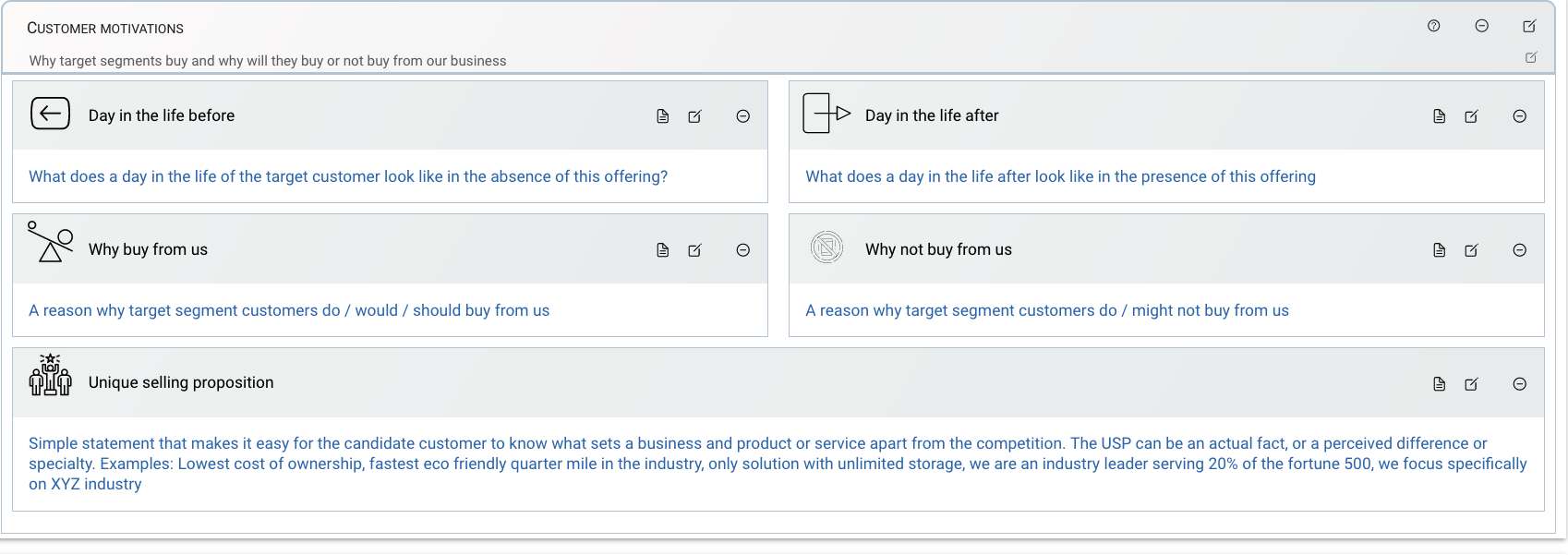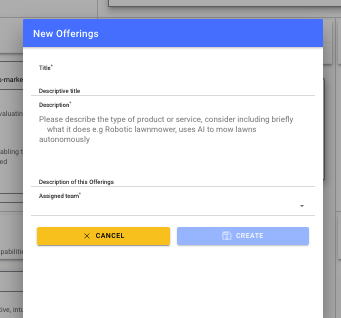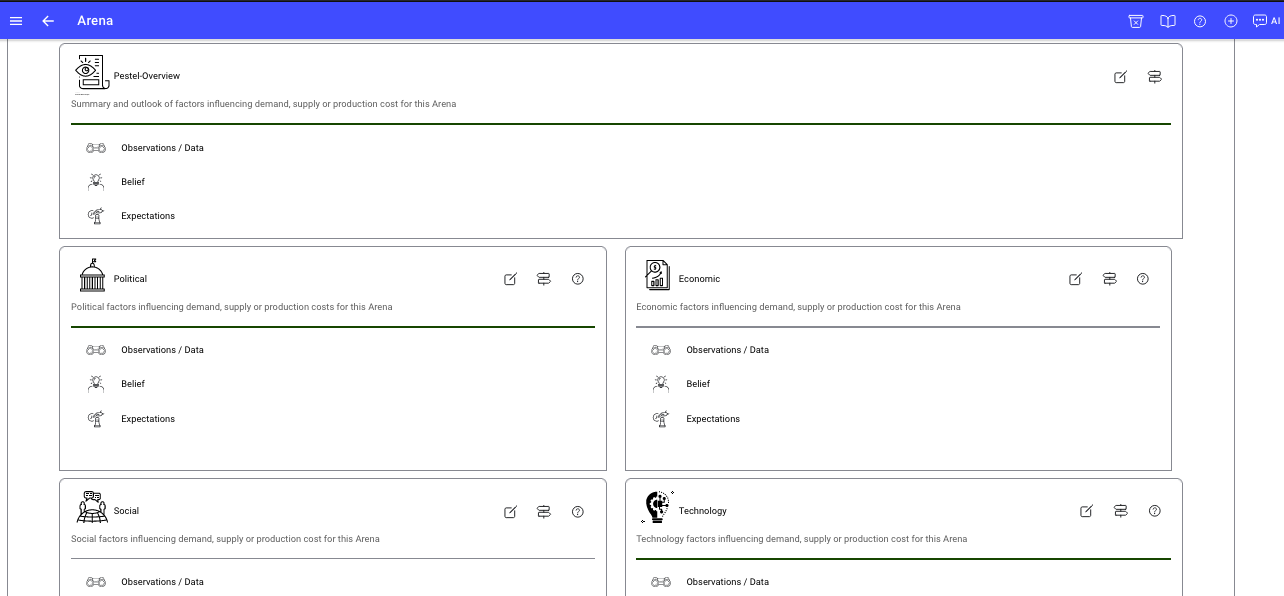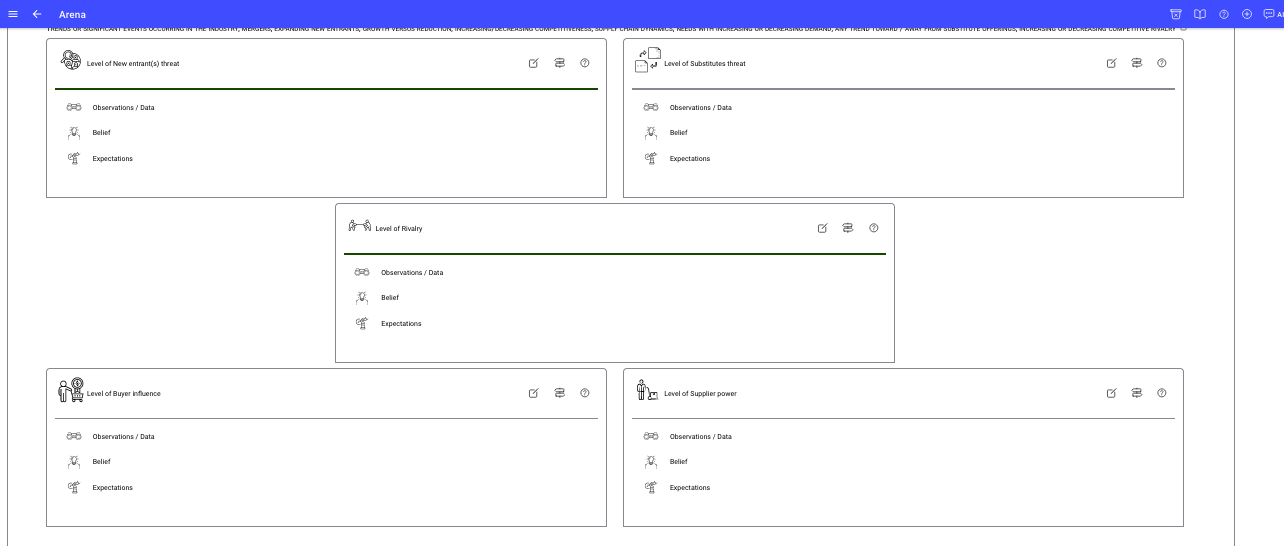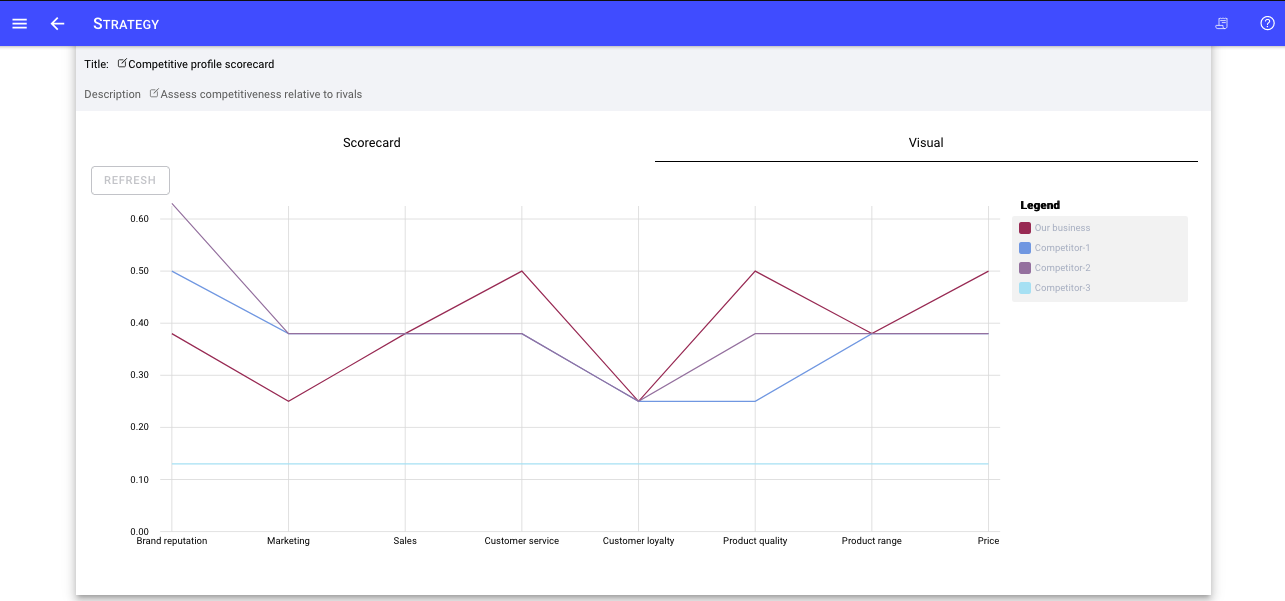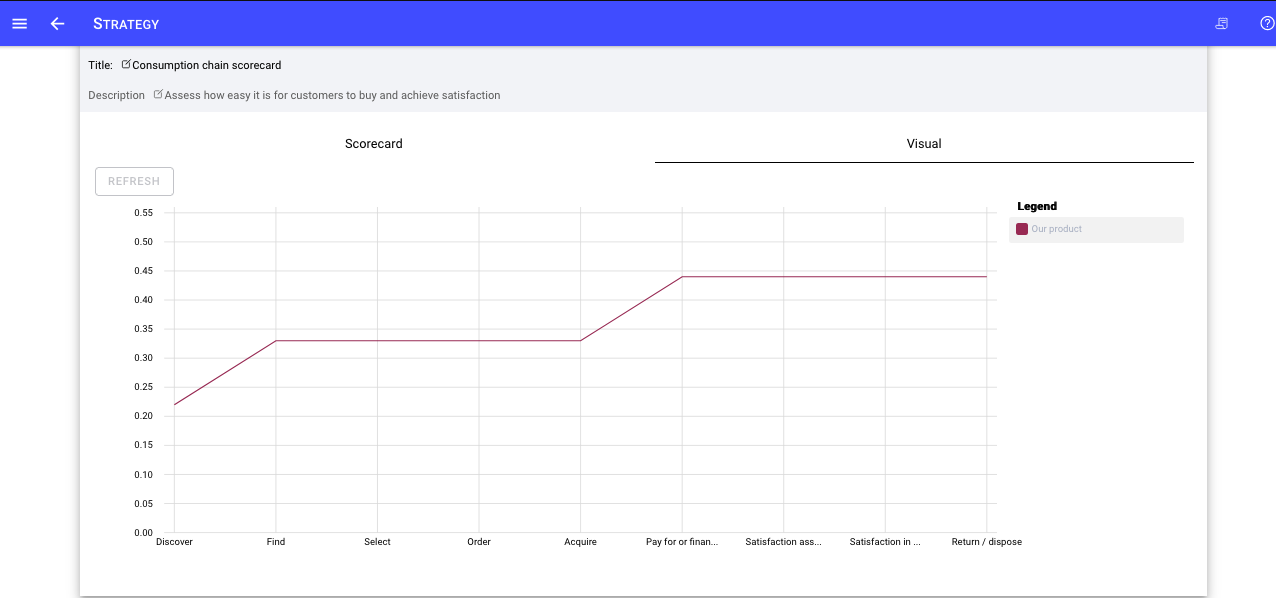Choosing How to Succeed
Your customer* offerings
It is essential for product teams to establish a clear, compelling and complete customer-centric product vision that enables the business and customer aspirations. This vision should be communicated clearly and consistently to all team members and stakeholders. Additionally, the team should regularly revisit and refine the product vision as they gather more data and feedback. By doing so, the team can stay focused, motivated, and aligned towards creating a product that successfully fulfills the Unique value blend and the Customer aspirations.
"I'm never fully satisfied with any Microsoft product.”
Bill Gates (and the rest of us)
